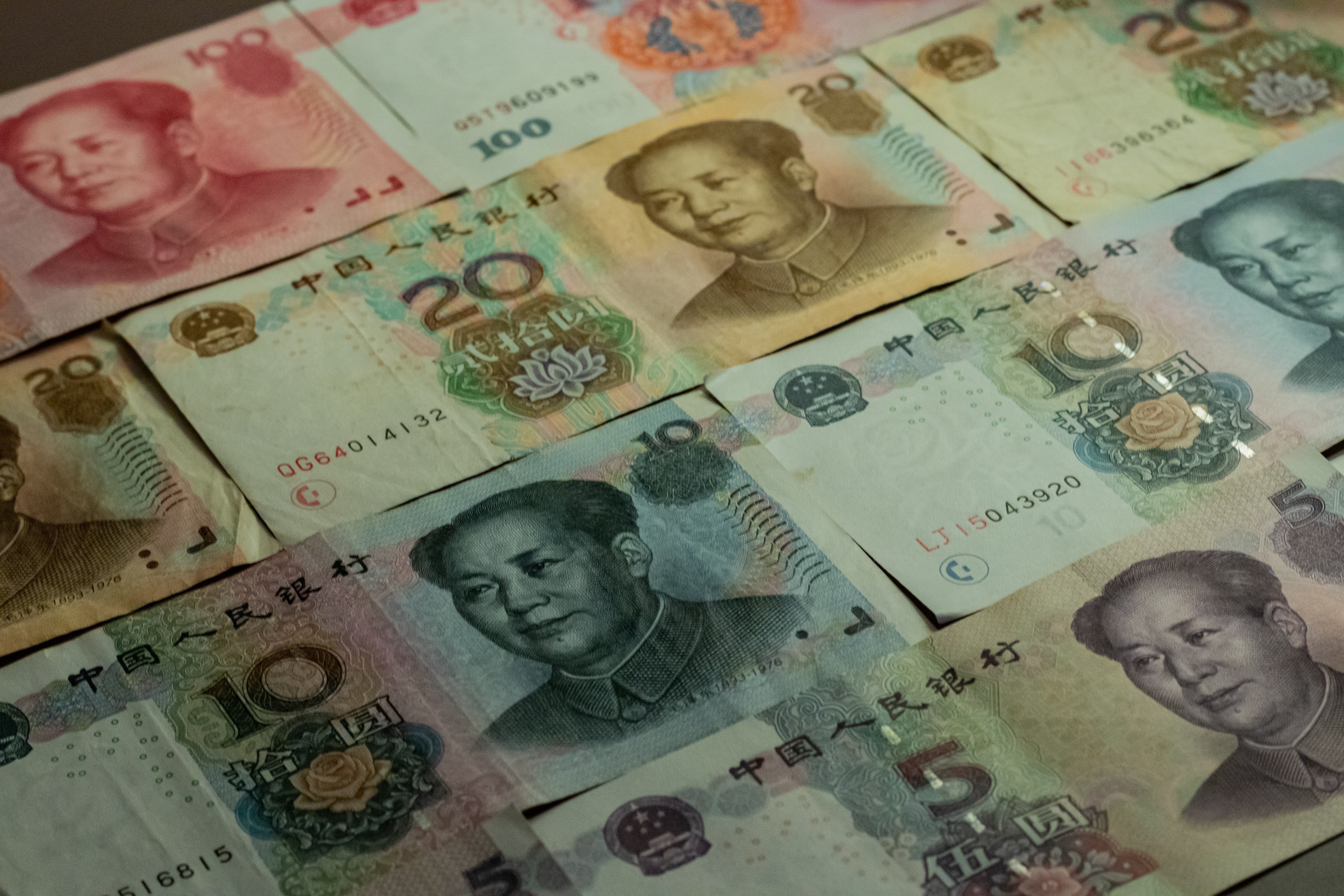
“The return of inflation” may be too far-fetched a topic to be discussing amid the current Covid-19 pandemic, which continues to rage across the globe, with governments in the US and Europe scrambling to keep their economies afloat.
Most investors have largely focused on deflation risks, rather than the opposite. But some economists have had the foresights to recognize the risks of inflation arising on the road ahead.
It is a fund manager’s job to listen, make informed decisions, and be prepared. In this article, we will discuss why inflation will likely be upon us again.
The view that inflation remains to be muted regardless of the amount of money the US central bank is printing seems to have taken root in the market. However, upon taking a closer look on the stimulus packages the Federal Reserve and the US government rolled out, these policies have been more aggressive and effective than the quantitative easing (QE) measures adopted in the global financial crisis (GFC) in 2008.
To what extent does QE work?
In the years before the GFC, controlling short-term interest rates was generally the only strategy the central bank would employ. So whenever the economy took a downturn, the Fed would lower the Federal funds rate in an attempt to boost growth via stimulating lending, corporate investments or consumption. But the issue was, companies and consumers might not necessarily have the appetite to borrow. On top of that, banks might be reluctant to lend due to the risks involved in doing so, negating the efficacy of lowering interest rates.
So after the GFC, global central banks took it up a notch and adopted quantitative easing measures to buy government bonds directly from investors in order to lift bond prices and push down yields. Such strategy stimulates consumption as investors gain extra cash from selling bonds. The additional cash in general also leads to more deposit in the banking system, which in turn potentially encourages banks to lend.
However, this is easier said than done. The US Federal Reserve implemented three rounds of quantitative easing between 2008 and 2014, quintupling the size of its total assets[1]. But the swollen balance sheet only did little to invigorate economic growth and drive inflation higher. Commercial banks were still cautious towards providing loans, while the US economy remained subdued.
A looser-than-QE monetary policy amid Covid-19
The US appears to have taken on more aggressive policies in response to the current pandemic compared to those seen in the GFC in 2008.
The Fed, likely knowing that quantitative easing measures had a minor impact on inflation rates, has reacted much quicker, much bolder this time round.
Unlike the approach of merely reducing interest rates, the central bank no longer has to pin its hope on consumers and corporates to borrow as it is largely mandated to support Congress-driven pandemic fiscal policies, which translate government spending into cash deposits in the pockets of consumers and small and medium-sized enterprises.
Moreover, the Fed has had the issue of banks holding back from lending sorted out as the government’s Paycheck Protection and Main Street Lending Programs offer loans that come with relatively low interest rates. Some loans are even fully forgiven under certain circumstances[2].
The efficacy of these policies cannot be overlooked. While the US economy contracted significantly, the year-on-year growth rate of the country’s M2 money supply reached the highest level in 30 years in September to stand at 24.2%[3].
Will inflation return?
The ballooning money supply has had some insightful economists worried about the return of inflation. Their concerns are not without reasons.
Firstly, the incumbent Chair of the Federal Reserve was constantly pressured by the US president, Donald Trump, to loosen monetary policies over the past two years. The central bank’s independence has been compromised to some degree as the current pandemic stimulus packages are primarily driven by the Congress, with the Fed being placed in a supporting role.
Secondly, as economist Milton Friedman once said, “Nothing is so permanent as a temporary government program.” So some experts have begun to voice concerns over politicians potentially pushing out new programs to garner voters’ support now that they have had a taste of the ultra-loose monetary policies, undermining the central bank’s ability to control inflation.
Lastly, the US-China trade war as well as the ever-widening ideological differences between China and western countries will likely reduce global trade volume, leading to rising inflationary pressure.
While it’s hard to say when exactly inflation will return, such risks have heightened significantly. Investors should consider it when positioning their portfolios.
[1] Source: AVIC Securities, as of Jul 2020
[2] Source: US Small Business Administration, as of Jun 2020
[3] Source: CEIC Data, as of Oct 2020
Disclaimer
This document is based on management forecasts and reflects prevailing conditions and our views as of this date, all of which are accordingly subject to change. In preparing this document, we have relied upon and assumed without independent verification, the accuracy and completeness of all information available from public sources. All opinions or estimates contained in this document are entirely Zeal Asset Management Limited’s judgment as of the date of this document and are subject to change without notice.
Investments involve risks. Past performance is not indicative of future performance. You may lose part or all of your investment. You should not make an investment decision solely based on this information. Each Fund may have different underlying investments and be exposed to a number of different risk, prior to investing, please read the offering documents of the respective funds for details, including risk factors. If you have any queries, please contact your financial advisor and seek professional advice. This material is issued by Zeal Asset Management Limited and has not been reviewed by the Securities and Futures Commission in Hong Kong.
There can be no assurance that any estimates of future performance of
any industry, security or security class discussed in this presentation can be
achieved. The portfolio may or may not have current investments in the
industry, security or security class discussed. Any reference or inference to a
specific industry or company listed herein does not constitute a recommendation
to buy, sell, or hold securities of such industry or company. Please be advised
that any estimates of future performance of any industry, security or security
class discussed are subject to change at any time and are current as of the
date of this presentation only. Targets are objectives only and should not be
construed as providing any assurance or guarantee as to the results that may be
realized in the future from investments in any industry, asset or asset class
described herein.



